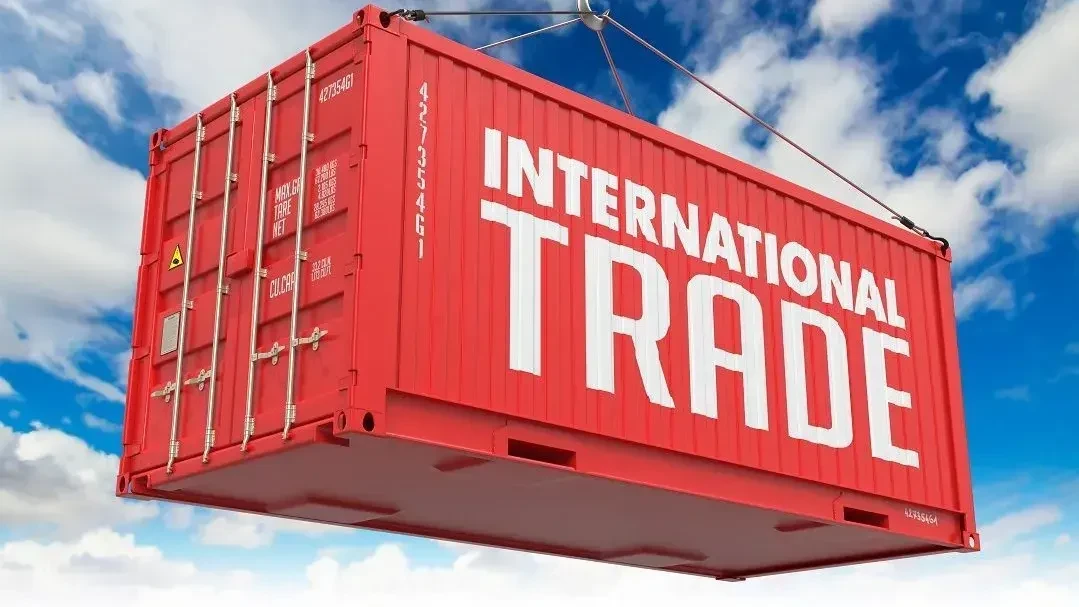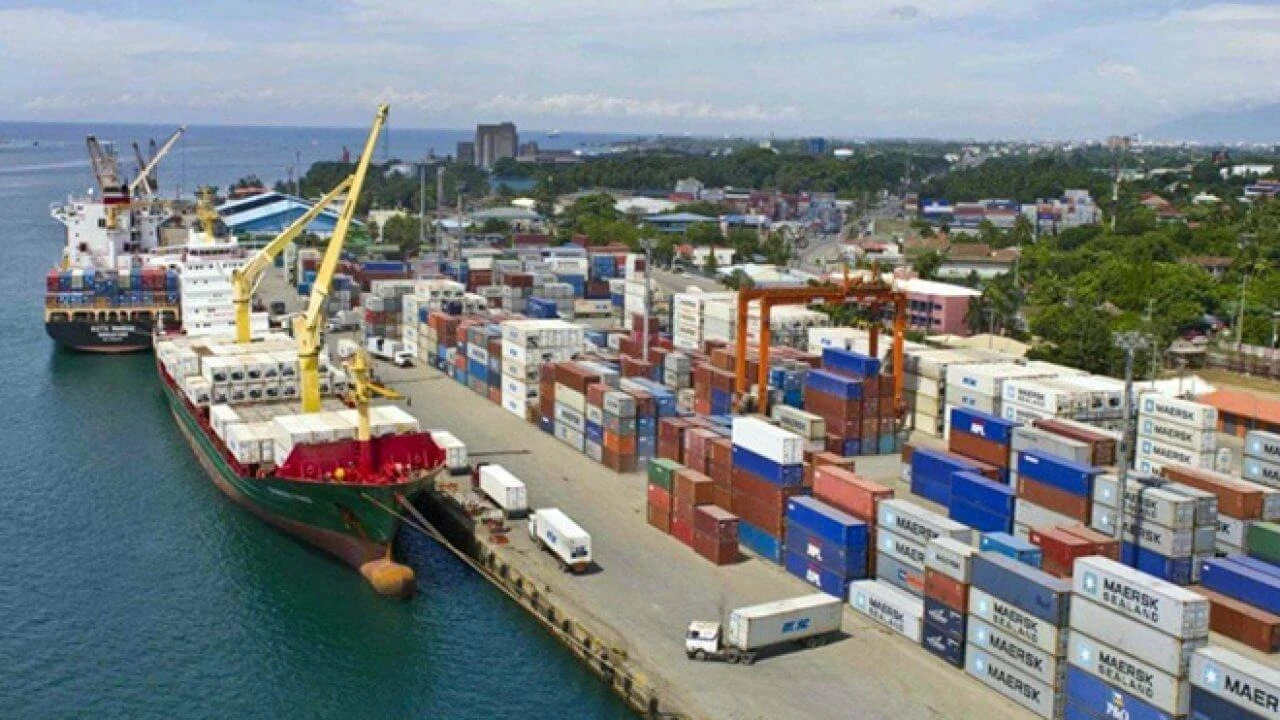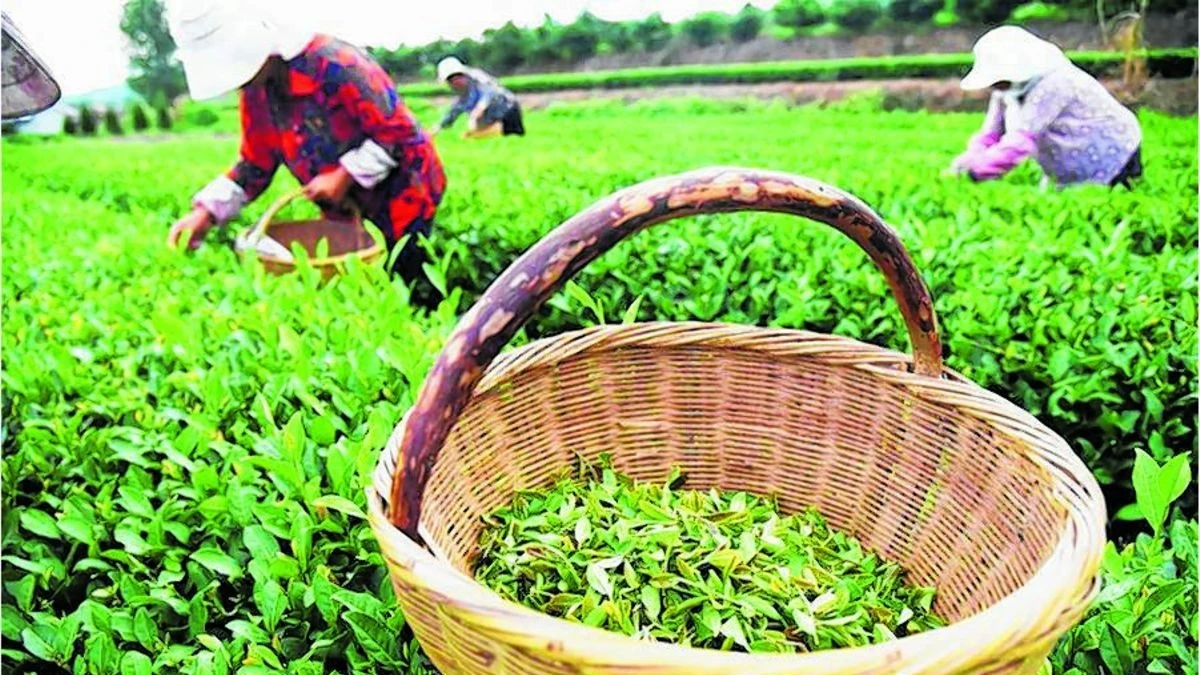Current modality of investment attraction closing in on its nadir

THERE is something abundantly familiar with expressions that the government has set a target of enlisting 1,500 investment projects worth $15bn/- by December this year. Listening to Minister for Planning and Investment Prof Kitila Mkumbo, the key issue is to improve business environment, with some key steps being infrastructure development in special economic zones. The SEZ initiative dates back to over 20 years ago, and global conditions have shifted from realities of that period. It is unclear if policy has been updated.
Officials are for instance bent on the Bagamoyo Special Economic Zone, seen as a complement to the standard gauge railway in the focus on transit trade and a regional investment outlook generally. Yet these projections need to be recast in a situation where new corridors are being opened in the region, with the Angola-Zambia railway likely to take some of the shine from current projections on the central corridor. It seems the Tazara railway as an extension of that infrastructure layout, where an online write-up says the planned Lobito spur extends to Zambia and stops at Chingola, about 180km from the Tazara terminus at New Kapiri Mposhi. It is a comprehensive plan.
The ‘spur’ links with existing Zambia Railways (ZR) facilities, thus the Lobito–Dar es Salaam Railway becomes an amalgam for the unified use of the facility, described as a planned narrow gauge railway line that connects the Angolan port city of Lobito to the Tanzanian port city of Dar es Salaam. What this implies is that the port of Dar es Salaam and indeed Tanzania as a whole is one among investment focus points, as the region and global realities change.
One aspect to the planning on foreign investment flows is the issue of the targeted market, in the fact that the setting and planning modality as well as the targeted infrastructure looks too similar to projections dating back to the first years of the past decade. It was a take up of export oriented growth strategies that were useful for South East Asia in the 1970s and 1980s while Africa was largely crushed by inward looking, public sector dominated economies. This outlook is only partially valid for produce that the US and Western markets – as well as South Asia and the Far East to an extent –need from us. Regional exports are likely to be limited, where our strength is in grain; market mechanisms are being replaced by state exports.
There are also two components of the planning outlook that aren’t easy to reconcile, except perhaps in terms of project numbers rather than their values. The minister said the government is keen on promoting domestic investment, wishing that 50 percent of all investment projects arise from within the country. Nor is the effort to enhance capacity at regional administrative secretariats to improve the investment environment totally helpful as the key element is taxes, centrally controlled, and local governments are routinely pushed to seek out internal revenue sources, often a user nuisance.
The point here is that the planners aren’t apparently distinguishing between optimal strategies for local market investment and export markets, nor indeed distinguish between regional markets and inter- continental outlets. As the key targeted area is manufacturing, here it needs that a growing local market be envisaged rather than exports as most countries seek to optimize investments in industries for local needs. Export orientation is increasingly true for exotic products like avocado, spices and other horticultural products, plus a vast range of value added goods for EU and US markets in particular. It is helpful to understand the limits, to know what investment climate we need.
Top Headlines
© 2025 IPPMEDIA.COM. ALL RIGHTS RESERVED

















